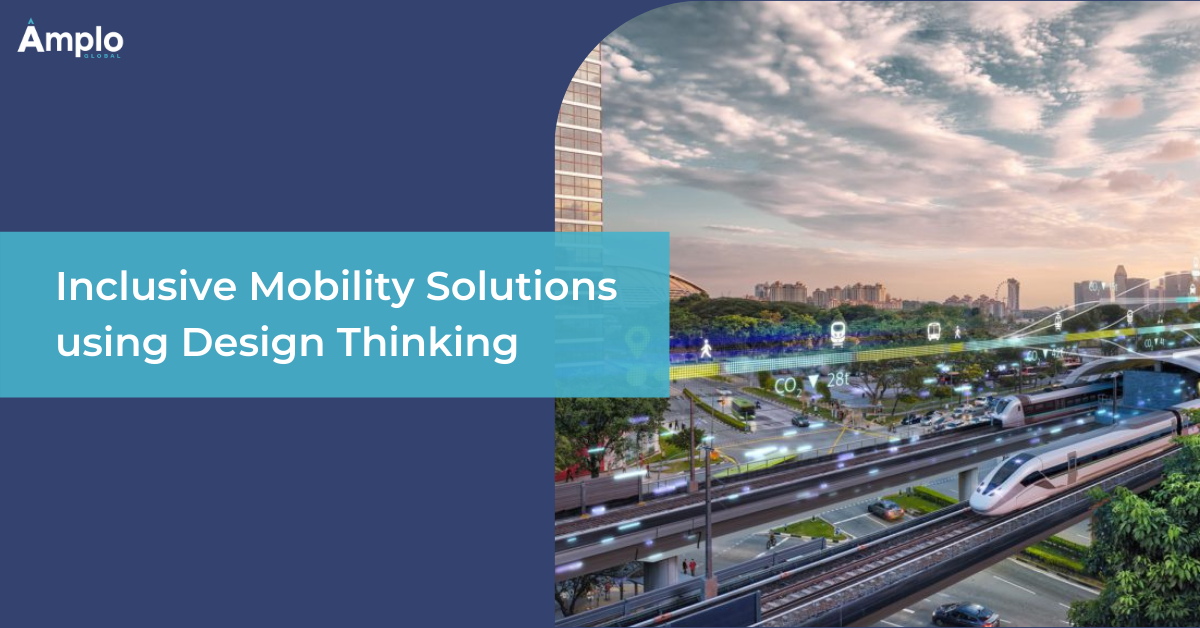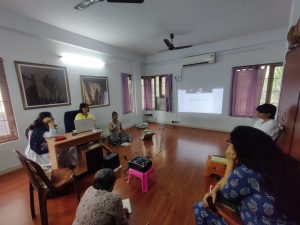Inclusive Mobility Solutions Using Design Thinking
Inclusive mobility solutions: applying design thinking to create accessible and user-centric transportation options, empowering diverse individuals and enhancing mobility for all.
Go to any major auto show, and you are likely to be wowed by the futuristic ideas and cutting-edge technologies embedded in various vehicles.
Some of the concept vehicles and transpiration systems on display may even look like something straight out of a science fiction flick. These solutions may look slick, but an important question soon pops up — can everyone use them? How inclusive are they?
Inclusive Mobility and Design Thinking
Volkswagen has teamed up with various organizations in the USA for an Inclusive Mobility Design Partner Program, where the mission is to design vehicles and services that improve transportation and the quality of life for everyone, especially people with disabilities.
To achieve this, the initiative follows fundamental design thinking tenets by engaging disability groups and advocacies in the early stages of designing vehicle technologies and mobility services.
The aim is to “identify and innovate upon mobility challenges individuals with disabilities encounter in their daily lives”.
The organization also learns from disability communities through continuous engagement and co-sponsored events.
“In an era of rapidly changing technology, there’s an unprecedented opportunity to redesign how we get around,” states their Inclusive Mobility website, adding that focusing on designing accessible solutions for people with disabilities is important because, as per the US Census Bureau, nearly one in five people have a disability in the US.
“Transportation is the key to full participation in society, and for individuals with disabilities today, the options can be limited,” notes Scott Keogh, President and CEO at Volkswagen Group of America.
Not Just Cars
Inclusive mobility also extends to public transportation and design thinking plays an even more important role here, since an inclusive mass transit system impacts many more lives. An example is the Inclusive Mobility project for Metro Manila, undertaken by the Ateneo School of Government with the backing of the Rockefeller Foundation.
As per the project description, over a period of two years, the team involved developed a platform for engaging various communities, organizations, agencies, and individuals, while serving as an “integrator and awareness-raiser on critical but unheralded innovations” in mobility at Metro Manila.
“The project also established a robust resource center on the web and has begun a mind shift from the narrow view of the problem as ‘traffic’ to a larger view of the problem as ‘mobility’”.
The goals of the project include building a transport system that works for the poor and the vulnerable; developing a walkable, bikeable, accessible city; “moving people, not vehicles”; mobility with safety and civility; along with making neighborhoods more accessible to the rest of the city. In short, the overarching objective is “mobility of all, for all, by all”.
Thinking about Pedestrians, Too
The UK Department for Transport asserts that (PDF) an integrated transport policy encompasses accessible public transport, public transport infrastructure and a barrier-free pedestrian environment.
In the UK, since 1996, it has been unlawful to treat disabled people less favorably because of their disability. There also exists guidance and codes of practice for highway engineers and others in the transport industries, on the best ways to meet the needs of disabled people. And this is precisely where design thinking plays a pivotal role.
“Although the main purpose of these guidelines is to provide good access for disabled people, designs that satisfy their requirements also meet the needs of many other people,” states the report.
For example, those who are travelling with children or are carrying heavy luggage benefit from an accessible environment, as do the elderly and people with temporary mobility problems.
The lesson here is that applying design thinking to create inclusive solutions span the entire gamut of mobility and the results impact almost everyone.
This is contrary to the belief that a solution designed for the disabled serves just a small subset of the population. In fact, it improves access for everyone, not just the disabled.









































































